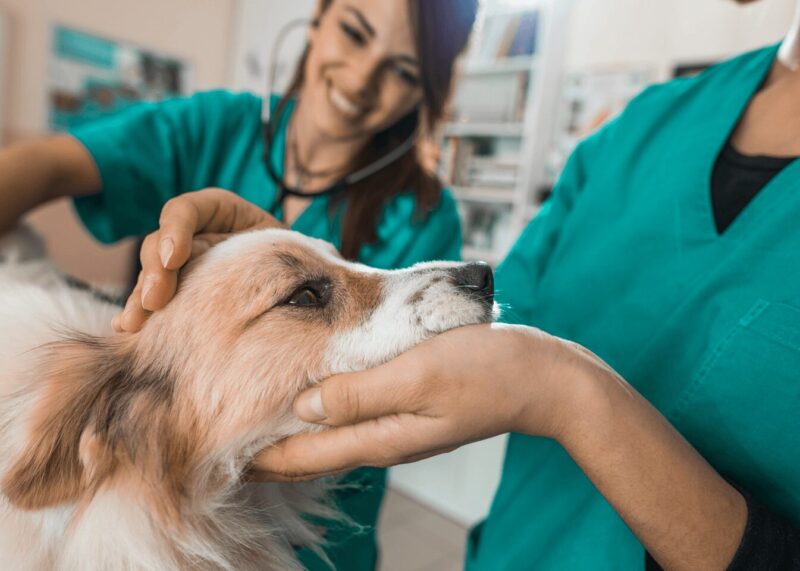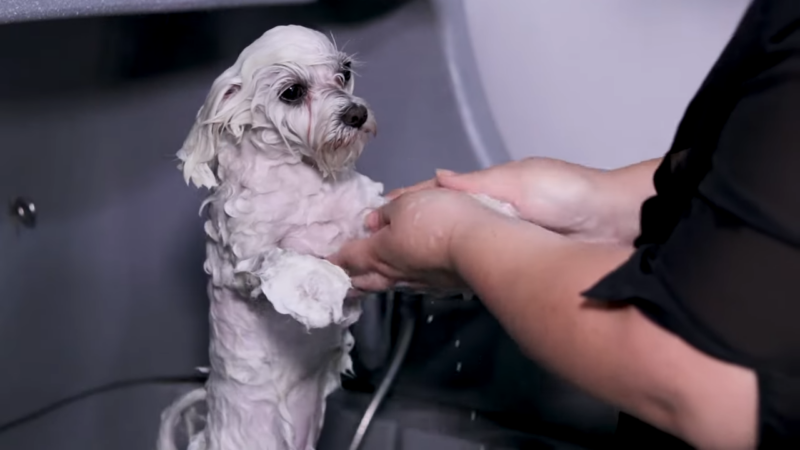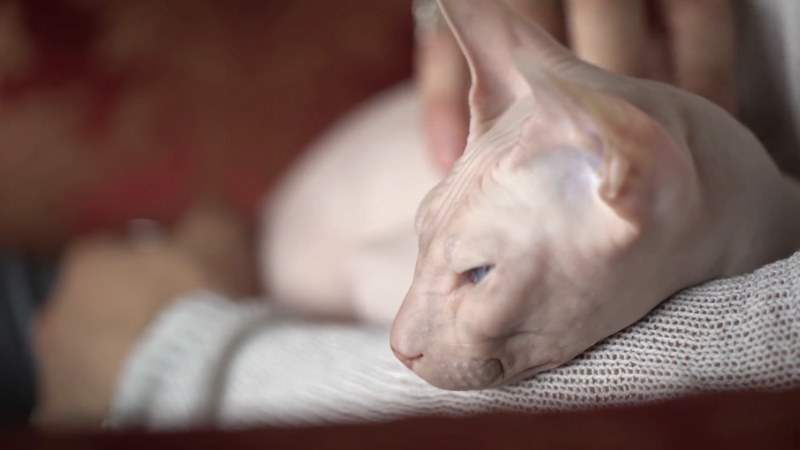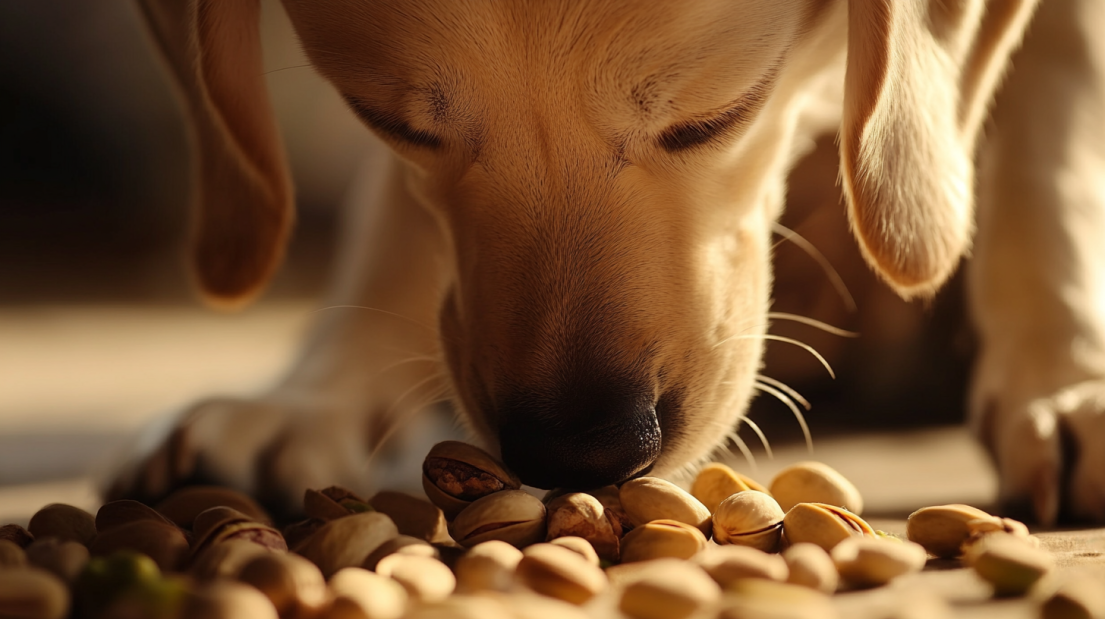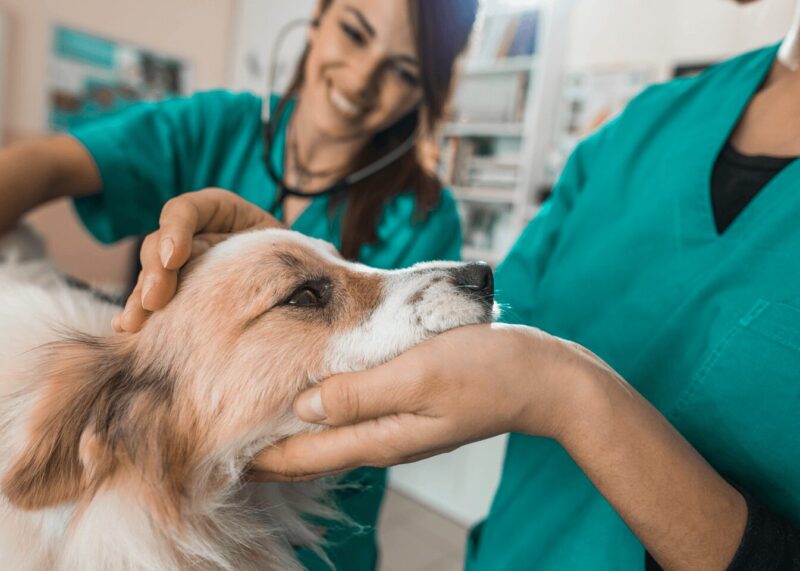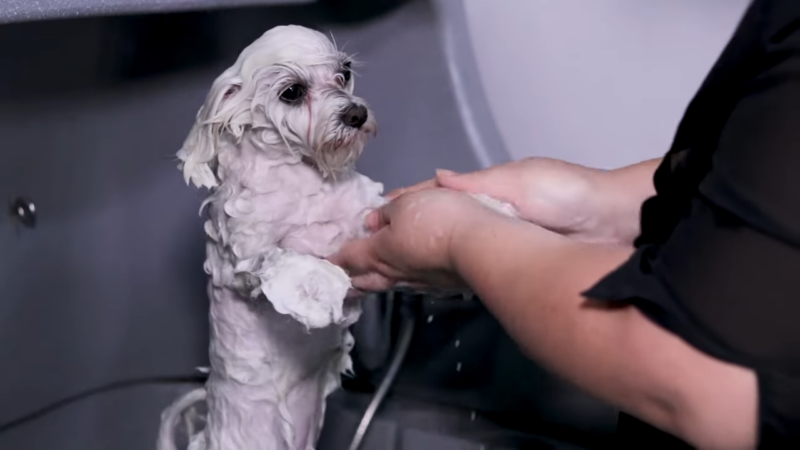
-
Nancy Nixon
- Published:
- Updated: March 25, 2024
- Category: Pet Accessories and Habits, Pet Health and Care
Share Post:
Since many of us are working from home after Covid time, it seems like pet owners are treating their pets more like family members these days.
One of the most important global trends is the humanization of pets, where pets are increasingly considered integral family members.
Other trends are premiumization, health and wellness, sustainability, and digitalization, which make our top five list of the key trends shaping global pet care.
Consumers expect brands and retailers to meet their increasing demand for high-quality, human-like sustainable pet products and make the purchase path as convenient and fast as possible.
In this regard, product positioning is gaining a crucial role in branding, consumer loyalty, and higher margins.
Key Takeaway
- Pets are now family members, with pet owners willing to splurge on high-quality products and services for their furry friends.
- Premiumization is driving growth in the pet care industry, with a focus on human-grade products, functional ingredients, and fresh food options.
- Sustainability is increasingly important in pet care, with eco-friendly packaging and alternative proteins gaining popularity, and digitalization streamlining the shopping experience.
5. New levels reached in pet humanization
Due to remote working, pet owners have been spending more time with their pets and increasingly perceive them as part of the family, trying to provide them with greater spaces, products, and services they would choose for themselves.
They also have much more time to travel with them because they can work from any part of the world.
According to Euromonitor International’s Voice of the Consumer: Lifestyle Survey, globally, 71% of pet owners consider their pets as family members and their number is strongly increasing in developing markets.
Legislative changes in Western Europe in favor of greater pet rights will further influence the perception of pets. For example, in 2022, Spain introduced shared custody of pets for couples following separation or divorce.
Treating their pets similarly to children, consumers are searching for treats that are close to human grade, encouraging producers to launch treats in new formats of popular sweets and savory snacks.
For example, in 2021, German producer Trixie extended its variety of treats in the form of lollipops, pretzels, cookies, waffles, and doughnuts.
Meanwhile, luxury fashion brands are entering pet care, launching clothes, accessories, and toys for pets.
Italian online shop Luxpets, launched in 2021, offers exclusive accessories from the most coveted brands in addition to personalized services.
“There has been a huge change in the culture of pet ownership, and this will also occur in emerging markets – South-East / South Asia, Central Asia, Sub-Saharan Africa, Eastern Europe.” – Dr Shane Ryan, Veterinarian and Past President, World Small Animal Veterinary Association
4. Perception of product freshness is increasingly relevant
Humanizing pets, owners are increasingly eager to provide them with high-quality, expensive food and products.
As consumers are searching for specific benefits from the products they purchase, brand owners are expanding their premium offer to achieve higher margins.
The increasing popularity of small dogs also contributes to the market growth, raising the average price, as small breeds consume less in volume terms.
Private labels traditionally focused on the economy and mid-priced products are starting to develop premium offerings, competing with international market leaders through lower prices.
Traditionally, private labels do not have a significant presence in pet care, and premiumization is a key tool for retailers’ private label lines to gain share from brands. This is especially relevant in the context of toughening economic conditions.
Premiumization is driving wet food growth in developing markets, particularly evident in Southeast Asia, and frozen varieties as well as therapeutic premium pet food in mature regions.
Fresh food is also gaining momentum alongside frozen, particularly in the US, but its presence is also expanding in other markets.
For example, Taiwanese company Just Kitchen launched home delivery of freshly cooked pet food made in a ghost kitchen in 2021.
While premiumization can contribute to future market growth, this will be mitigated by the inflation caused in part by the war in Ukraine.
According to a survey by the American Pet Products Association, 67% of U.S. households own a pet, which equates to 84.9 million homes.
3. Pet well-being through functional food ingredients
The increasing demand for functional and natural ingredients is expanding from packaged food to pet care.
A shift from general well-being to specific functionality drives ingredients that address digestive, joint, heart, dental, and skin health, as well as mental well-being.
In 2021, Hill’s Pet Nutrition developed a specific kibble formula and processing method to improve pets’ dental health, while Nestlé continues to expand with its fortified croquettes that support digestive health.
Probiotics hypoallergenic ingredients, and fortified superfoods are experiencing increasing demand. Minerals and botanicals are also gaining interest; for example, the Thai Lifemate premium brand, which was introduced in 2021, offers pet food that contains ingredients for improving skin and hair, as well as excretory systems.
In mature markets, the mental health of pets is also receiving attention, as consumers become increasingly concerned about pet stress that they observe when leaving pets alone, especially following home seclusion during lockdowns.
For example, in 2021, UK-based Scrumbles launched Nibbles Calming Dog Treats that include ingredients for mental and gut health.
As a sign that natural recipes are also being favored, “free from” claims are gaining in popularity within pet food.
For instance, in the US, Made by Nacho released a grain-free product line in 2022.
“Pet ownership has a lot to do with disposable income. Because of that, fast-advancing countries, like the Asian countries, but also Eastern Europe will certainly see further increase of pet ownership.” – Dr. Wolfgang Dohne, Veterinarian and Senior Vice President, Federation of European Companion Animal Veterinary Associations
2. Development of sustainability in packaging and ingredient selection
Pet owners are increasingly concerned about their impact on the planet, which creates growth potential for sustainable packaging and ingredients. That is why producers are launching more recyclable packaging.
Mars is implementing packaging for its Sheba brand with recycled plastic in Europe for 2022.
Meanwhile, one-third of pet owners are trying to reduce their meat consumption. Amid rising flexitarianism among pet owners, alternative proteins, especially insect-based, are gaining ground in pet food.
Identifying a growth opportunity, major players, including Mars, have launched plant-based products.
Nestlé Purina has also entered insect-based products, launching Switzerland Beyond Nature’s Protein pet food in 2020, which contains both insect and plant protein.
Did you know that nearly 60% of pet owners try to reduce plastic usage, and 45% prefer sustainable packaging?
Take innovative design approaches
These days we constantly speak about ecology. This is why it is not just about the materials used; it also encompasses innovative design approaches that optimize packaging efficiency.
Minimalist packaging, for example, eliminates unnecessary layers and focuses on simplicity and functionality.
This not only reduces waste but also enhances the overall brand aesthetic.
Additionally, companies are leveraging smart packaging technologies, such as intelligent labels and QR codes, to provide consumers with product information and promote recycling practices.
1. Digitalization of the shopping experience reinforced
During the pandemic, pet owners became increasingly used to the convenience of online shopping, while the offer has drastically expanded.
The development of e-commerce stores and subscription services is contributing to the increasing personalization of the offer and enables consumers to enjoy the convenience of the generally smooth home delivery of large pack sizes and multipacks.
Subscription services for pet food are also becoming more popular and embrace a wide range of brands, from niche specialized gourmet meals to mainstream brands, such as Royal Canin with its Club auto-renewal service.
E-commerce is developing at the expense of store-based retailers, which are slowly losing share.
Almost one-third of consumers aged under 45 years buy products for their pets via their smartphone, with this proportion increasing each year.
The development of online platforms by international giants in pet food, such as Purina, contributes to the consumer shift towards e-commerce.
Nevertheless, growth rates of e-commerce are generally slowing following the peak of unusually high growth due to the emergence of the pandemic, and as the channel matures in some markets such as North America.
Sources
https://www.euromonitor.com/article/humanisation-a-key-driver-of-pet-product-sales
https://www.americanpetproducts.org/news/News-Public-Relations/pet-industry-market-size-trends-ownership-statistics#:~:text=According%20to%20the%202021%2D2022,U.S.%20households%20owned%20a%20pet.
https://english.elpais.com/society/2022-01-05/law-changes-sees-pets-in-spain-now-considered-sentient-beings-with-welfare-taken-into-account-should-a-couple-separate.html#
https://www.trixie.de/en https://www2.deloitte.com/uk/en/pages/consumer-business/articles/sustainable-consumer.html

